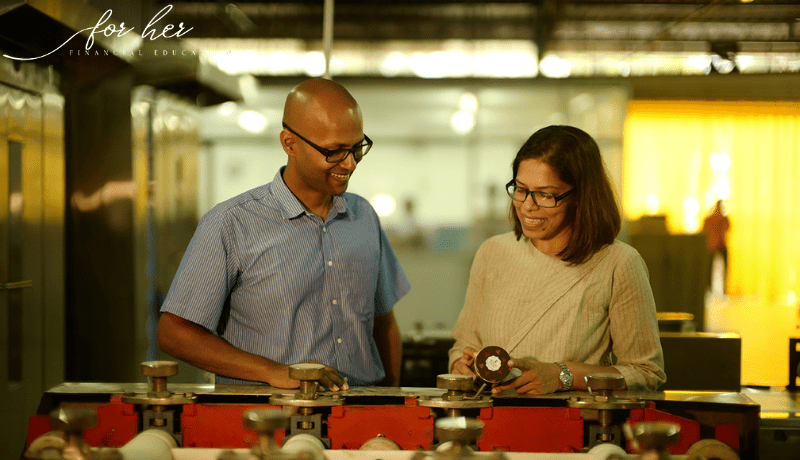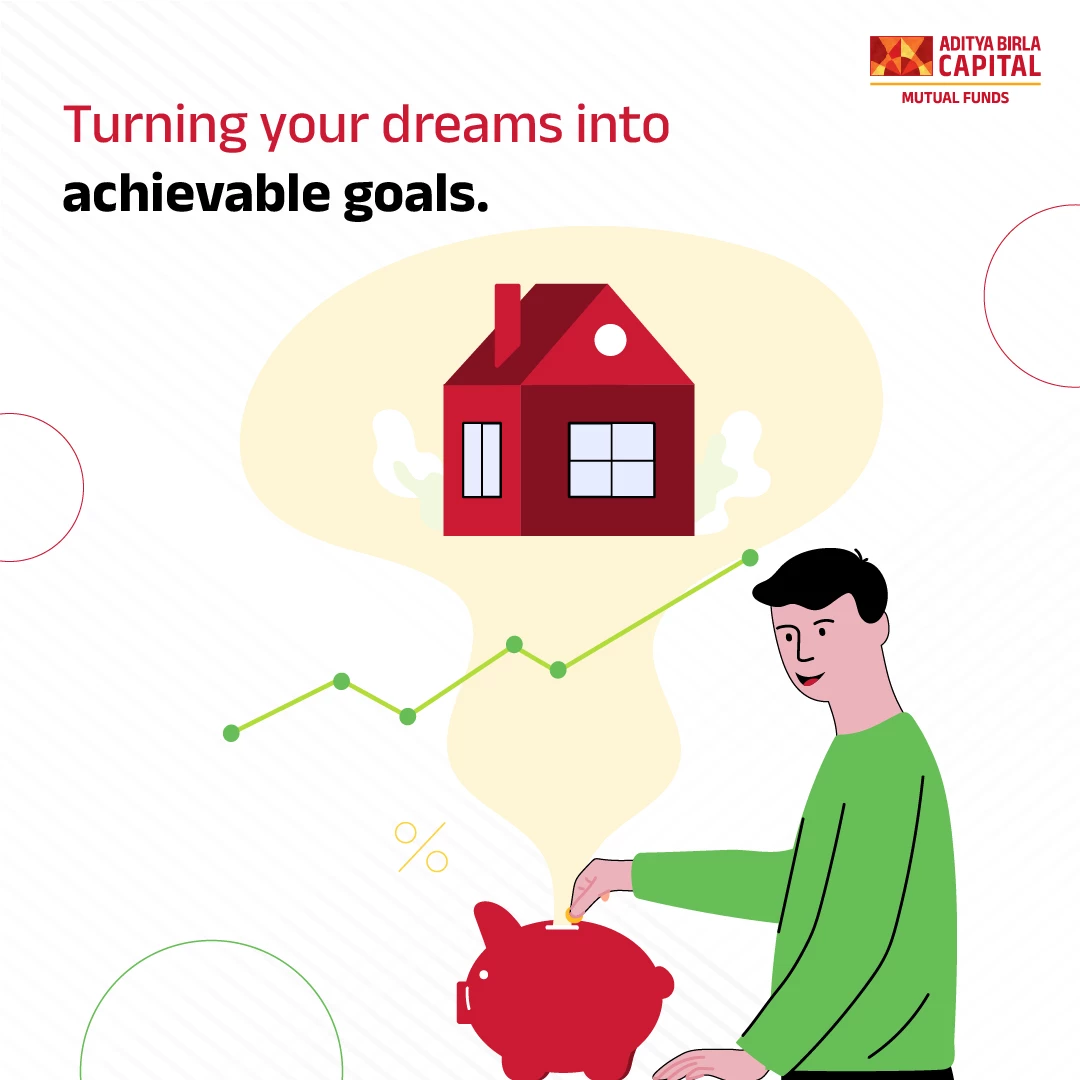Currency is best described as a medium of exchange for goods and services. It’s the common system of money in use in a country, and it is traditionally comprised of paper money or coins. The majority of money in existence today is credit money or electronic data kept in databases at banks or other financial institutions.
Many of our daily transactions include currency of some form, whether it be with paper money or a credit card. When considering the whole money supply, currency is important but is really only a minor part of the monetary system or economy. Currency, however, remains the mainstay of our daily transactions. Thus, that is what we will focus on in this article.
What is currency
The precise meaning of money can be elusive and nuanced, even though it may seem evident given that we all use it almost daily. Traditionally, money was a form of exchange of goods or services. For example, your great grandfather may have made shoes for a living and, one day, needed bread for the family. He likely approached the local baker and made a trade of a pair of shoes for a certain quantity of loaves of bread. However, the following month, when your grandfather again needed bread, the baker may no longer have been in need of shoes. Unless your grandfather could find another baker nearby who also happened to need shoes, he may not have been able to get bread for his family.
Mainstream economics believe that money solves this issue. It offers a universal repository of worth that other members of society can use immediately. In general, transactions can now move considerably faster because it's simpler for both buyers and sellers to get what they need through this centralized repository of worth.
The actual paper notes and coins in circulation are known as currency. Merchants can sell their items and have a simple way to pay their trading partners. Coins and dollar bills have traditionally been more portable due to their compact size. Furthermore, compared to many other goods, coins and paper have the benefit of surviving for a very long time. For instance, a farmer who traditionally relied on direct commerce may have had just a few weeks before his assets, like a vegetable, for example, degraded. Today, with paper notes and currency, this is no longer an issue.
The value in currency
Most modern coins lack significant intrinsic worth, unlike early coins made of precious metals. However, money continues to be valuable for one of two reasons.
The basic form of money is called fiat money, which is legal tender and physical money backed by the government. This includes money in circulation such as paper money or coins.
There is also something called representative money, which is basically a form of money that is not in a physical form, like paper or coins, but that represents the intent to pay. Traditionally, before 1971, the physical commodity that backed representative money was gold or other precious metals. Today, representative money includes things like cheques and credit cards. So, the representative money, while not backed by the government, may be backed by a different asset or by a financial institution, for example.
Impacts of inflation
Fiat currencies are now used by most of the world's major economies. It’s important to understand how fiat currencies, in particular, are impacted by inflation.
Assuming you don't earn any interest, and at a 5% annual inflation rate, as an example, your money will be worth 5% less than the year before. Naturally, at these inflation rates, maintaining the same level of living is increasingly difficult. Because of this, central banks in industrialized nations typically attempt to control inflation by removing money from circulation when the currency’s value drops too far.
In summary
All forms of currency have the same fundamental objectives, which are to expand the market for different commodities and to promote economic activity. Additionally, currency enables you to save money to take care of your future demands.
An Investor education and Awareness initiative of Aditya Birla Sun Life Mutual Fund
All investors have to go through a one-time KYC (Know Your Customer) process. Investors to invest only with SEBI registered Mutual Funds. For further information on KYC, list of SEBI registered Mutual Funds and redressal of complaints including details about SEBI SCORES portal, visit link : https://mutualfund.adityabirlacapital.com/Investor-Education/education/kyc-and-redressal for further details.
Mutual Fund investments are subject to market risks, read all scheme related documents carefully







 1800-270-7000
1800-270-7000










